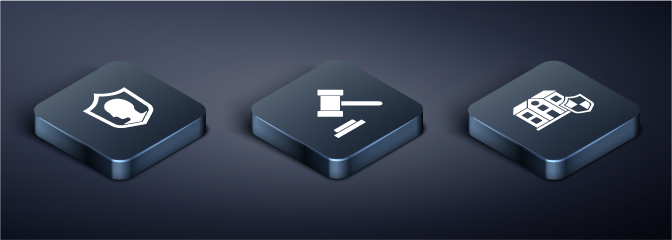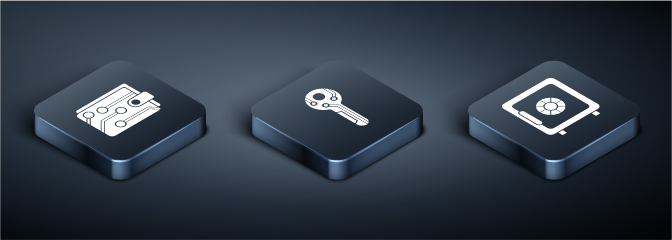There are quite a few differences between custodial and non-custodial solutions. When dealing with cryptocurrency, each user should know the drawbacks and advantages of both and their own risk appetite. This article should help in selecting the best solution for each individual’s needs.
Custodial wallets and exchanges
A custodial wallet or exchange is one that holds user funds in pools of funds on the native network while balances are managed on a private ledger. The bulk of the user funds are usually stored in one or more cold wallets that are secured behind multisignature and usually insured in some way. A smaller amount of these funds is kept in so-called hot-wallets, which serve the users whenever they want to withdraw some of their balance. Read our blog about cryptocurrency exchanges to find out how this works in more detail.

Custodial exchanges assign a virtual balance to a given user and the user does not interact with the blockchain at all. Their funds are stored by the exchange. When the user requests a withdrawal, the exchange checks their virtual balance and sends funds to the requested destination from their pool of funds. The advantage of these solutions is that if an account is compromised there are ways of detecting this and preventing unauthorized withdrawals. Also, if a user loses access to their account, access can, in most cases, be restored.
Non-custodial wallets and exchanges
Non-custodial solutions should be used by advanced users. These give you full control over an actual blockchain address. Most of these will provide you with a recovery key or phrase that will let you use the wallet on other devices. These keys must be kept safe because if they are compromised anyone can access your wallet(s) and the funds contained in it. There are many kinds of non-custodial wallets like mobile, desktop, hardware, paper, browser plugins, etc.

Non-custodial solutions require a bit more knowledge to operate and also come with certain advantages and drawbacks. Non-custodial services usually offer users native wallets (addresses) on one or more networks. For example, MetaMask lets users operate an address directly on the Ethereum network. If access is lost or the account is compromised, the funds on the wallet can be considered lost. On the other hand, nobody can block access to such an account or prevent you from transacting with it. Non-custodial solutions behave in line with some of the main principles of blockchain. They are censorship resistant and for the most part private.
Where does GateHub fit in?
GateHub gives you the best of both worlds. A Hosted wallet can be used for completely free transactions, simple deposits and withdrawals and basic exchange functionality. If users lose access to the account, GateHub can recover the funds from a Hosted wallet to a new account, assuming KYC and all other necessary steps are made. An XRPL wallet on the other hand is under the complete control of the user. If users lose access or compromise their keys, there is nothing GateHub can do. On the other hand there is also nothing stopping you from sending your money however and whenever you wish.
We like to think that our hybrid solution gives our users the power that they deserve. Here are some things users need to know.
Hosted wallets are completely free to operate. You can create many of these wallets for free and for different purposes. All our hosted wallets have multicurrency capability. Transacting within the Hosted network is free and you can exchange USD, EUR, XRP, BTC, ETH and LTC instantly in any combination you like.
XRPL wallets are our non-custodial piece of the puzzle. XRPL wallet users are transacting directly with the XRP Ledger which is a low cost and high speed blockchain that uses consensus instead of Proof-of-work. XRP is the native asset of the XRP Ledger and is used for account reserves, transaction fees, intermediary currency in multi-hop transactions and a medium for the transfer of value. 20 XRP are required to operate an XRPL wallet and GateHub provides new users with free wallet activation (called funding) upon first deposit of any supported currency. Trust lines are used to prevent malicious actors sending random tokens to an XRPL wallet. That is why users need to create a trust line for the selected currency in order to be able to receive a deposit.
Give GateHub a try!
Sign inConclusion
The awareness of cryptocurrency is spreading rapidly but still relatively few users are informed enough about the technology and the risks. When choosing a service it is important to check what technology and business model is being used. Managing expectations and a minimal effort to understand the tech can mean the difference between a great experience and a lousy one.
At GateHub we selected the XRPL for its speed and low costs. It was also one of the first networks - if not the first - to feature a truly decentralized exchange and we have been offering it since our inception way before the rise of what we know as DeFi today.